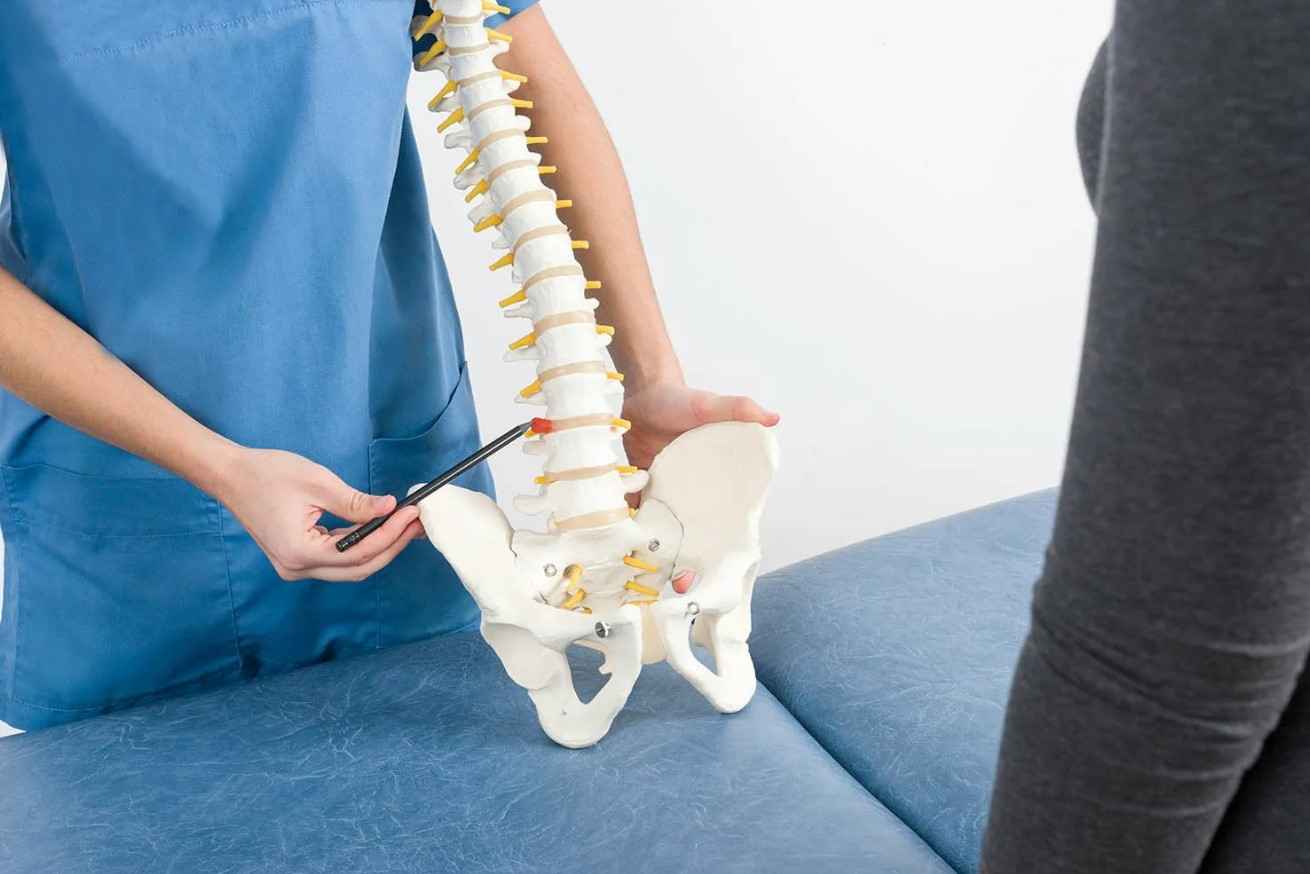Overview
Spine restoration surgery is performed to address spinal deformities, injuries or degenerative conditions that have compromised the structure or function of the spine. Conditions like scoliosis, kyphosis, or spinal fractures may require surgical intervention to restore alignment and stability.







